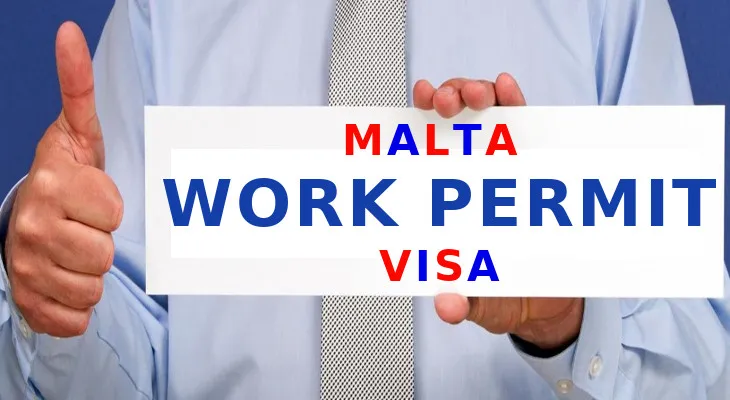Islamabad, May 5, 2025: Malta, the picturesque Mediterranean island nation, continues to attract global job seekers thanks to its strong economy, EU membership, and English-speaking environment.
Whether you’re a software developer, nurse, construction worker, or teacher, Malta offers diverse career opportunities.
If you’re planning to work in Malta in May 2025, it’s crucial to understand the Malta work visa process — including the types, requirements, and step-by-step application process.
Why Consider Working in Malta?
Malta offers several advantages for international workers:
- English is an official language, making communication easy.
- As an EU member state, it provides access to European labor markets.
- A stable economy with high demand in tourism, IT, healthcare, and education sectors.
- A sunny Mediterranean climate and an attractive lifestyle.
For non-EU citizens, a work visa is essential to live and work legally in Malta.
Types of Malta Work Visas
The Malta work visa process mainly revolves around the Single Permit, which covers both work and residency. Key categories include:
- Single Permit for Employment (the most common for third-country nationals).
- Key Employee Initiative (KEI) for highly skilled professionals earning at least €30,000 per year.
- EU Blue Card for highly qualified professionals with salaries 1.5 times the national average.
- Seasonal and Temporary Work Permits for roles in hospitality, construction, or agriculture (valid only for a few months).
Requirements for Malta Work Visa May 2025
- To apply, you’ll need:
A valid work offer from a Maltese employer
A passport valid for at least six months - Proof of qualifications and experience
Clean criminal record
Medical clearance and insurance
Proof of accommodation in Malta
Recent passport photos
Sufficient funds for your initial stay
Step-by-Step Application Process
Secure a Job Offer — You must have a signed contract outlining salary, duties, and company details.
Prepare Documents — Gather your passport, police clearance, medical certificates, insurance, CV, and educational certificates.
Submit Single Permit Application — Either from your home country (via a Maltese consulate) or directly in Malta through your employer.
Await Approval — Processing takes 4–8 weeks (or 5 days for KEI applicants).
Receive Single Permit Card — Grants legal residence and work rights in Malta, typically valid for one year and renewable.
Travel to Malta (if applying from abroad) — Once approved, enter Malta and complete address registration and biometric procedures.
Cost and Processing Time
- Application fee: €280–€300
- Health insurance: €100–€200/year
- Additional costs: document translation, police certificates, etc.
Standard processing time is 4–8 weeks, though KEI applicants benefit from fast-tracking.
Can You Bring Family?
Yes! Once your permit is approved and you meet income thresholds, you can sponsor your spouse, children under 18, and (in some cases) dependent parents.
Read More: POF Launches Summer Internship 2025: Top Opportunity for Pakistani Students
Changing Employers or Residency
If you wish to switch employers, you must apply for a new Single Permit. After five years of continuous legal residence, you may become eligible for long-term resident status or even Maltese citizenship, subject to additional conditions.
Final Thoughts
The Malta work visa process offers a structured and transparent pathway for non-EU workers eager to build a career in Europe.
With its booming job market, high quality of life, and English-speaking environment, Malta remains an attractive destination for professionals worldwide.
To succeed, make sure to secure a legitimate job offer, prepare your documents thoroughly, and follow the official application procedures.
This preparation ensures a smooth relocation and sets the stage for professional and personal growth in beautiful Malta.








